What Is Rebar Cutter And How To Use It [7 Usual Tools]
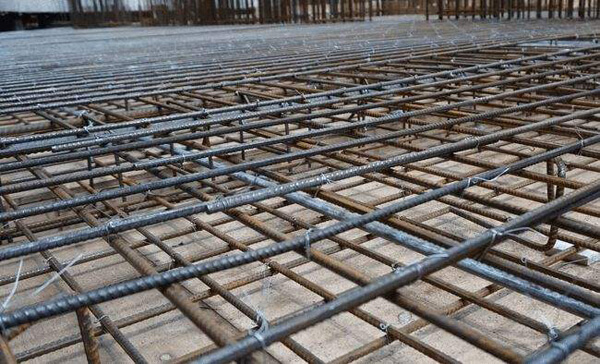
Despite having sufficient knowledge of material mechanics and strength of materials, you are well aware of the importance of rebar, which is one of the most important and basic building materials.
Reinforcement refers mainly to strengthen the tensile strength of various sections using rebar. Concrete is reinforced with a rebar, increasing its tensile strength. Using rebar correctly is crucial.
A reinforcing bar (also known as reinforcing steel or reinforcement steel) is a steel bar or mesh of steel wires used in reinforced concrete or reinforced masonry structures as a tension device to help strengthen the concrete.
Despite its strength under compression, concrete has weak tensile strength. Reinforcing the structure with a rebar significantly increases its tensile strength. Concrete behavior is compensated for by casting rebar into it to carry tensile loads.
The main use of steel reinforcement is as primary and secondary reinforcement, but there are other uses as well. In order to promote a better bond with the concrete and reduce slippage, rebar is often “deformed” with ribs, lugs, or indentations.
Contents
What Is A Rebar Cutter
Rebar cutters are undoubtedly the most important and basic tool in rebar preparation. Observing the look of the rebar, you will see that it is often necessary to use these materials for cutting and bending. Its length and size must be accurate in many ways since it is a reinforcing structure.
In the manual model, the muscle strength of the operator (worker) is required to make the cut
Manual rebar cutter (rebar scissor)
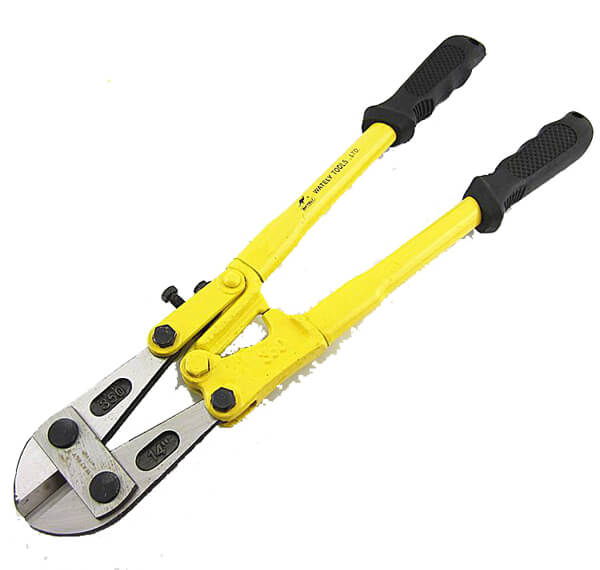
The limitations of the human body outweigh the limitations of scissor bending and cutting rebar, so the tool is limited in its ability to cut. Despite the fact that in the past this problem was partially solved by using multi-worker forces, today, along with the serious development of construction and the demands of the construction industry, we are seeing an increase in rebar diameters.
As a result, it is not as easy to cut and cut rebar with a manual model as it was in the past. There is also a difference between bending scissors and cutting scissors.
Manual hydraulic rebar cutter
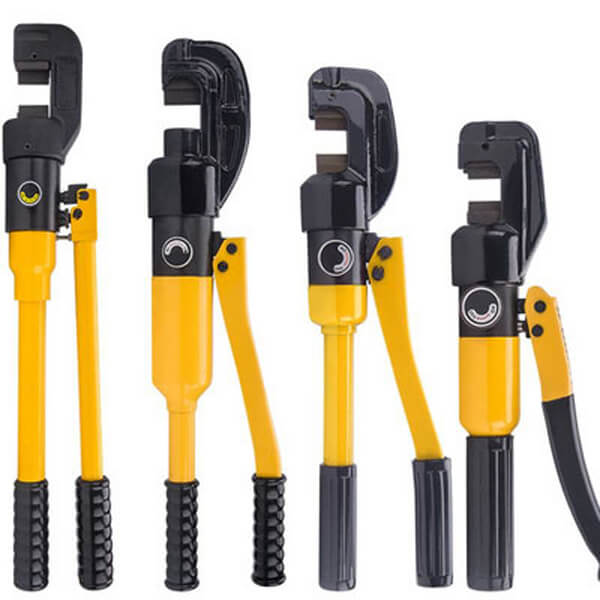
Manual hydraulic rebar cutter just look like the bar sicsor however the main difference is the presence of pressurized cylinder on one of its arms. As the user brings closer the two arms, the piston in the cylinder is displaced. Oil is used for power transmission in hydraulic rebar cutters.
Through this process, the output power of the cylinder is used to compress and contract the oily fluid in order to provide the force necessary to move the clamps. This results in greater force being produced and transferred to the clamps of the cutter. It can cut 4 to 20 mm dia bars.
The output force produced by it is around 6 tons which is oboviously not possible in the case of manual rebar cutter. It has a dual speed unit that quickly pushes knife die to cut workpiece.
Electric hydraulic rebar cutter
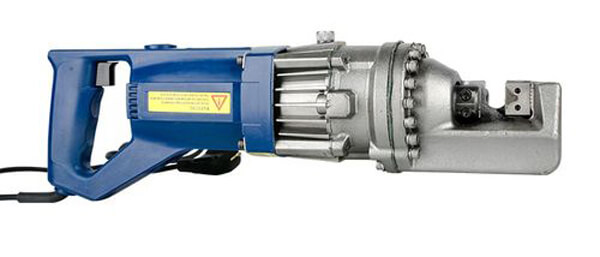
Contractors use electric hydraulic rebar cutters to cut steel rod, reinforced rebar, round steel bar, and deformed bar as the cutting needs to be precise. Hydraulic rebar cutters are powered by a single phase electric motor and pump with a voltage range of 220-240V. This portable combination tool provides job site cutting and bending of rebar all-in-one tool.
The unique design provides the operator the ability to cut and bend rebar for in-place, or stationary fabrication. It can be positioned in two different angles depending on the application. It can bend up to #5 (sixteen millimeter) grade 60 rebar.
2 in 1 manual rebar cutter& bender
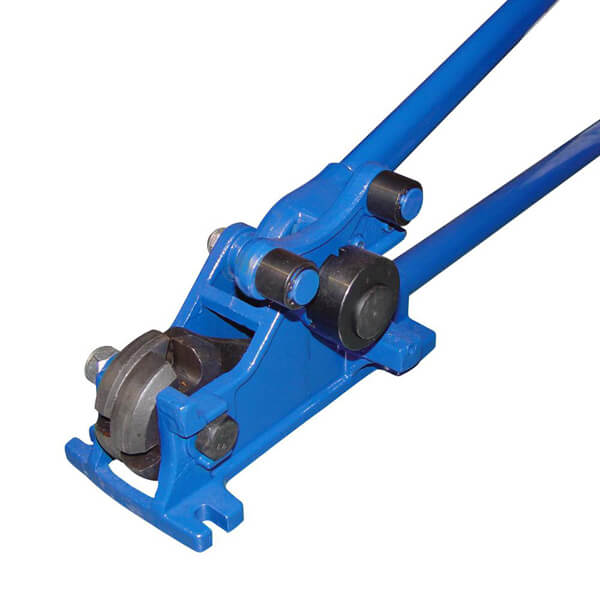
The two-in-one rebar cutter/bender is designed to cut and bend concrete reinforcement rods. This tool can cut 5/8″ 5 rebars (16mm) grade 60. You can easily bolt it to the floor or workpiece allowing you to operate it with just one hand.
2 in 1 hydraulic portable rebar cutter& bender
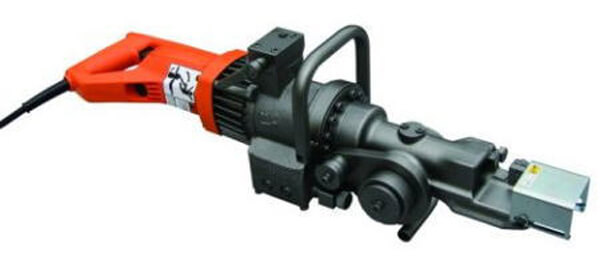
This is a portable version of a manual rebar cutter and bender. It cuts bars and bends them at 90 degrees. The hydraulic motor is powered by an oil-filled pump attached to a hydraulic pump
2 in 1 hydraulic rebar cutter & bender machine
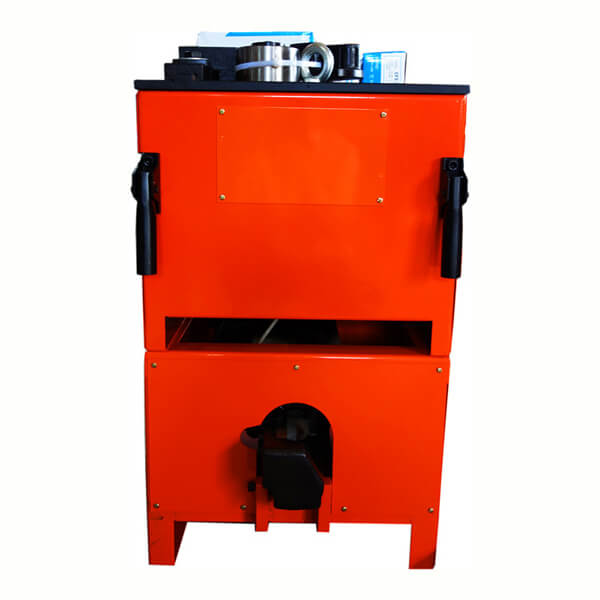
With this rebar bender and cutter, you can bend 1/4″ to 1″ steel bars to 0°180° in 6-7 seconds. Cut-off speed: 5-6 seconds. This rebar bender cutter is suitable for rebar, steel bar, steel rod, screw thread steel, carbon steel, round steel bending.
It is ideal for manufacturers who need simple, easy-to-use, consistent, and accurate steel bending machines.
Rebar cutter machine
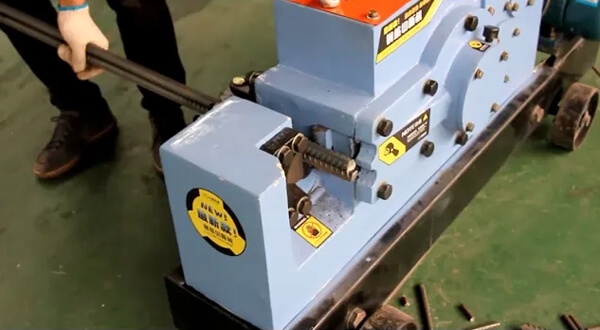
The machine is highly efficient at cutting rebar. The machine weighs between 450 and 600 kilograms and has wheels, making it portable.
Rebar is cut cleanly and quickly by professionals using this machine on the site. Unlike other machines, it does not operate on the principle of cutting through a saw.
The machines come in many variations and each one is capable of cutting rebar to a different degree. The machine has a clutch that allows the user to control the cutting process. To ensure safe cutting, support brackets are installed on the machine.
With its lifting ring, the machine can be carried anywhere you like.
How To Use Them
Manual rebar cutter (rebar scissor)
- They work like any other ordinary scissor.
- The first step is to grease the main nuts of the cutter so that it can be moved b hand smoothly.
- Then you clamp the bar to cut and push two arms of scissors together.
- The stronger is the rebar, the more is the force you need.
Manual hydraulic rebar cutter
- It works like just the rebar scissor. The only difference here is that you have to apply less power as it is powered by the hydraulics.
- By closing the two arms of scissors, your built up all the pressure, and this pressure is transferred to the clamps which cup the rebar.
- Due to being supported by a mini hydraulic system, their cutting capacity is more than the manual rebar cutter.
Electric hydraulic rebar cutter
- The unique design of this combination unit provides the operator the ability to cut and bend rebar for in-place, or stationary fabrication.
- The markings will help you bend any angle up to a hundred and eighty degrees.
- The tool can be positioned in two different angles depending on the application.
- The safety guard will keep the cutter protected during bending operations.
- This powerful electric hydraulic tool cannot bend up to #5 (sixteen millimeters) grade 60 rebar.
- The unit also comes with this heavy-duty carrying case.
2 in 1 manual rebar cutter& bender
- Step One is to make sure you select the correct can set for the rebar you wish to bend. Simply pull the CAM toward you and rotate to the desired setting.
- The setting 10 means 10 millimeters or number three 3/8″ bar.
- 13 is for 13 millimeters or number four, 1/2″ bar. And sixteen is sixteen millimeters or number five 5/8″ bar
- Once you’ve selected the proper CAM setting, simply put the rebar in place and apply pressure until you’re 90- or 180-degree desired bend is completed.
- Next is cutting rebar at the front of the tool. There are two slots, a top position is for cutting number five and number four rebar, where the lower slot is for number three and note the maximum cutting and
- Be sure you have the right cutting slot selected, there should be just a small amount of play in the jaws.
- For bend, start by placing a straight bar on the lower roller and bend 90 degrees.
- Once your rebar has a 90-degree bend, place the vertical part against the top roller and complete the process.
2 in 1 hydraulic portable rebar cutter& bender
- Set up all the pillars according to the rebars you wish to bend.
- Put the indexing pieces in place at the desired angle.
- In the next step, place the bar between the solid bending disc and the square stick.
- Within 3 seconds of pressing the footswitch, the bar will bend.
- It is possible to construct an entire stirrup without removing the rebar once.
2 in 1 hydraulic rebar cutter & bender machine
- The machine operation can begin as soon as the power line connected to the 110V/220V power source is completed and the power indicator light appears.
- Adjust the spacing of the steel bar adjustment block, the fixed idler wheel, and the move idler wheel according to the specification of the steel bar.
- The footswitch connection to point 1,2 will make it easier to work. Set the angle by pressing the START switch or using the foot pedal to control the operation from point 1. Through the footswitch, the angle is set by point 2 by the handle, and this time the point 1 angle must establish with the point 2 angle in the same level angle or bigger than the point 1 angle. The handle nut must also be fixed well after the angle handle setting, otherwise, the machine will become loose.
- Once you have set the angle accurately, make sure that the angle setting handle is fixed after you have adjusted the angle.
- Operators must stand outside of the rebar bender operation’s direction.
- Pressing the footswitch or the starting switch will bend the rebar to the angle you have set
- If you find anything unusual during the operation, you must press the emergency stop button to stop the machine’s operation
Rebar cutter machine
In contrast to conventional saws and cutters, this machine is unique. Rebar cutting machines do not use normal thin blades; they use alloy dull blades to cut through rebar.
- Finding an empty room to install the machine is the first step in the process. This room will serve as a small steelyard. In order to prevent safety hazards or accidents, it will serve as a steelyard.
- The next step is to connect the machine to a stable source of electricity. Ensure the wires are properly covered so that no one trips on them. Since it runs on oil, you need to carefully pour oil into the oil opening as well.
- Check if all precautions have been taken by using a safety checklist. If no precautions are taken, the machine may prove to be dangerous. Make sure to keep a safe distance from the machine.
- On the side of the machine, you will find a long stick-like handle. This is known as the cutting clutch. When you pull it, the blade moves. You can adjust the length of the cutting clutch easily to control the process.
- Before you begin cutting, mark your bars at the points where you want to cut them. As you stand at least 2 feet away from the U-shaped grip, place the steel bar inside the grip.
- The sixth step is to pull the cutting clutch. Between the moveable and fixed blades, the moveable blade will cut the bar. Its motor provides the blade with enough energy to cut through the bar.
- The same steps are repeated every time. It is also possible to repeat the process for more bars next time.
Conclusions
A reinforcing bar (also known as reinforcing steel or reinforcement steel) is a steel bar or mesh of steel wires used in reinforced concrete or reinforced masonry structures as a tension device to help strengthen the concrete.
Despite its strength under compression, concrete has weak tensile strength. Rebar cutters are undoubtedly the most important and basic tool in rebar preparation. Observing the look of the rebar, you will see that it is often necessary to use these materials for cutting and bending.
Its length and size must be accurate in many ways since it is a reinforcing structure. In this article, we discussed various types of rebar cutters and how to use them.
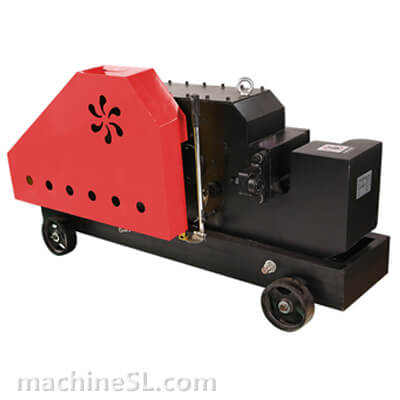
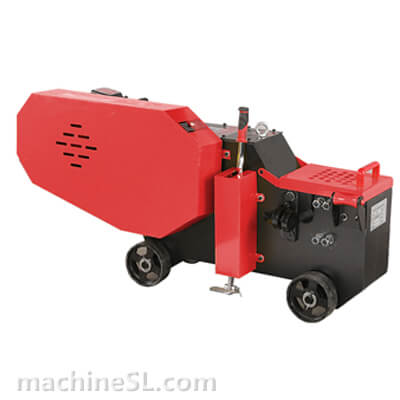
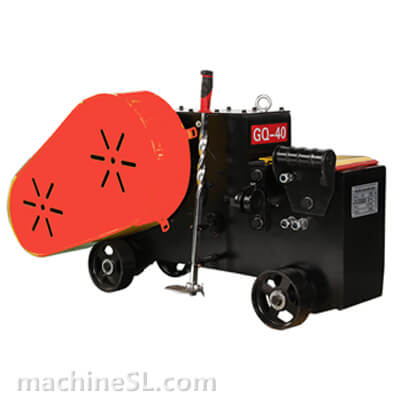
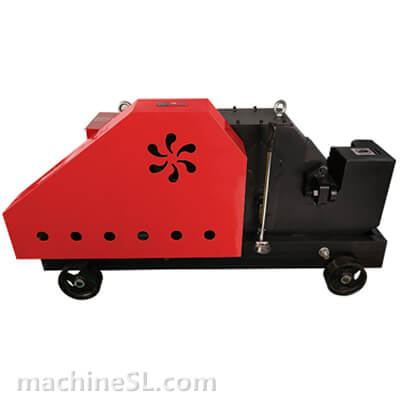
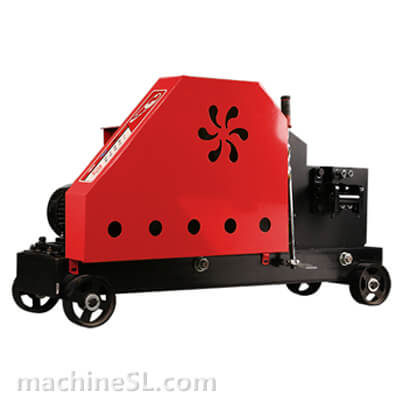
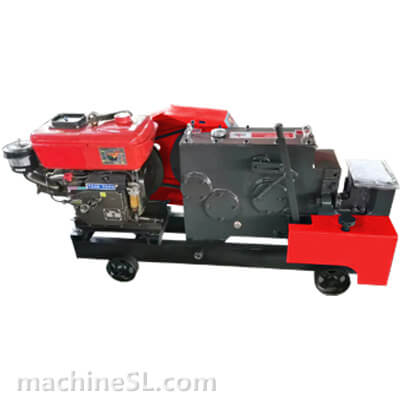
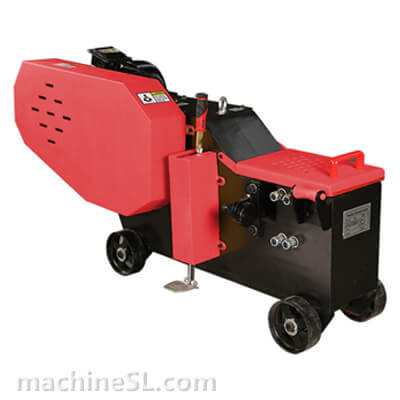
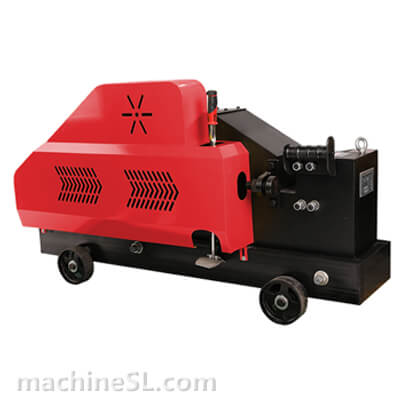
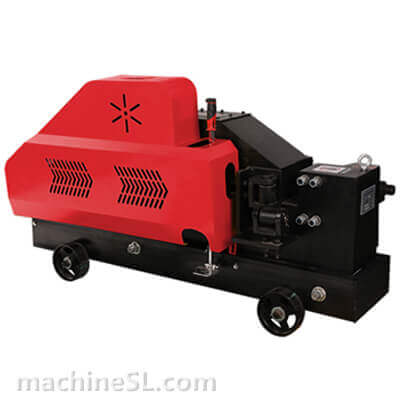
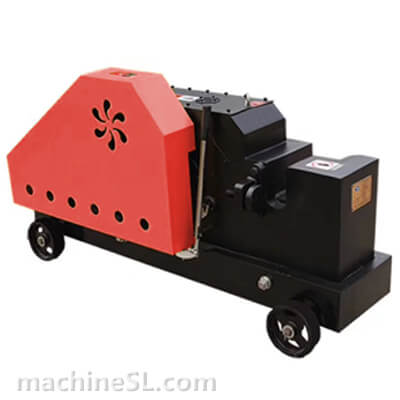
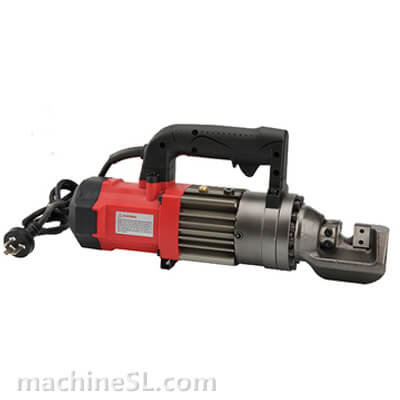
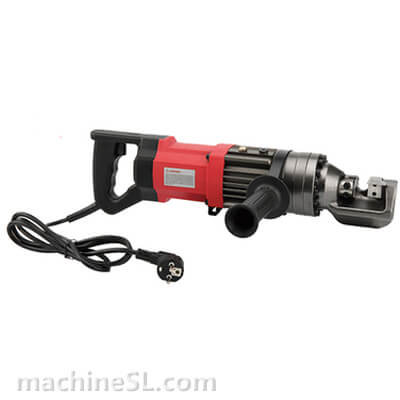
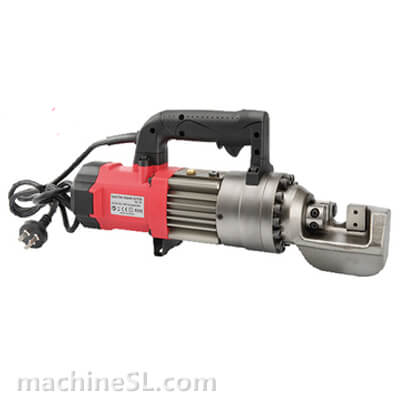
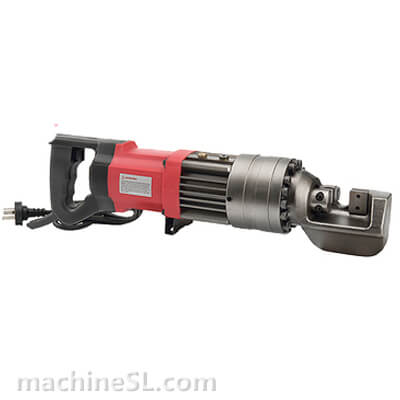
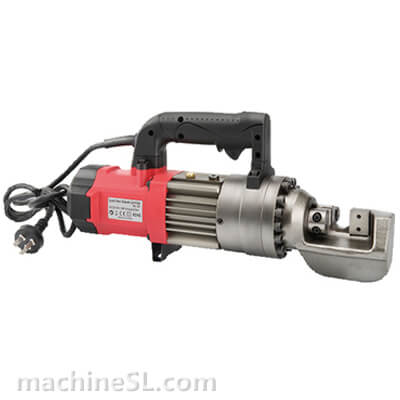
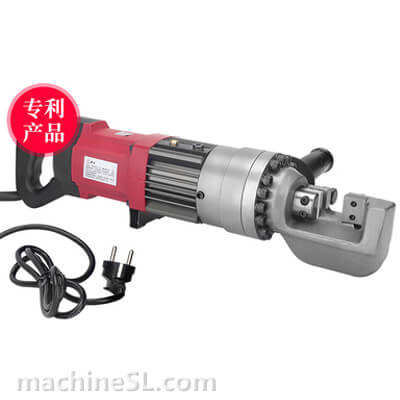
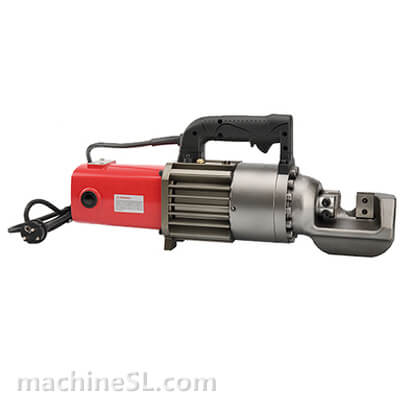
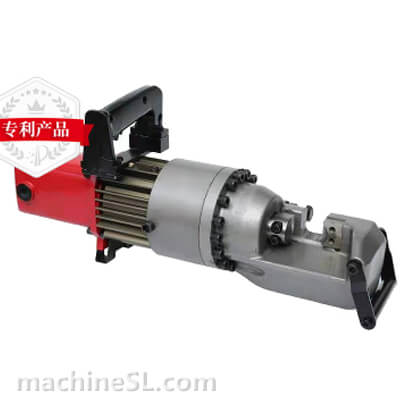
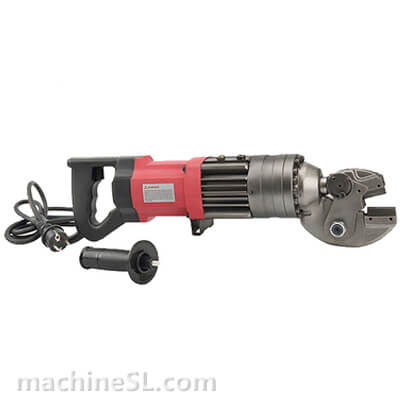
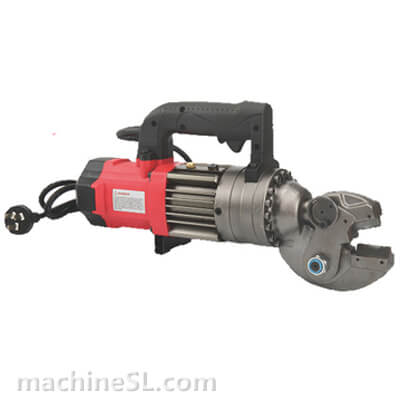
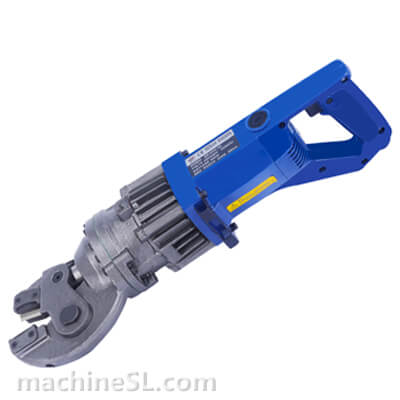
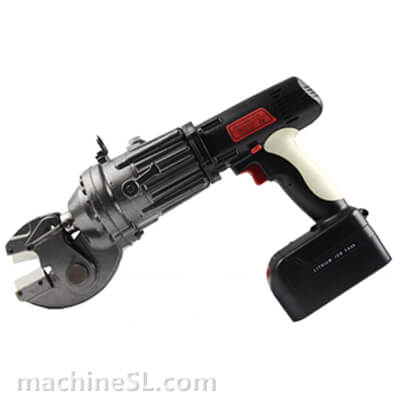


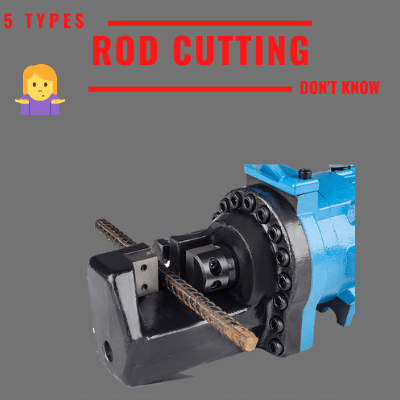
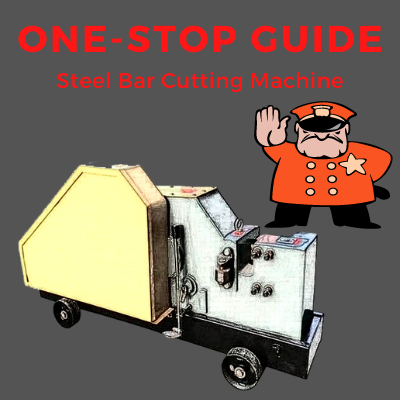
Great way to show content about rebar cutter. Easy to understand. Keep it up.
thanks
thanks,let’s keep in touch by email